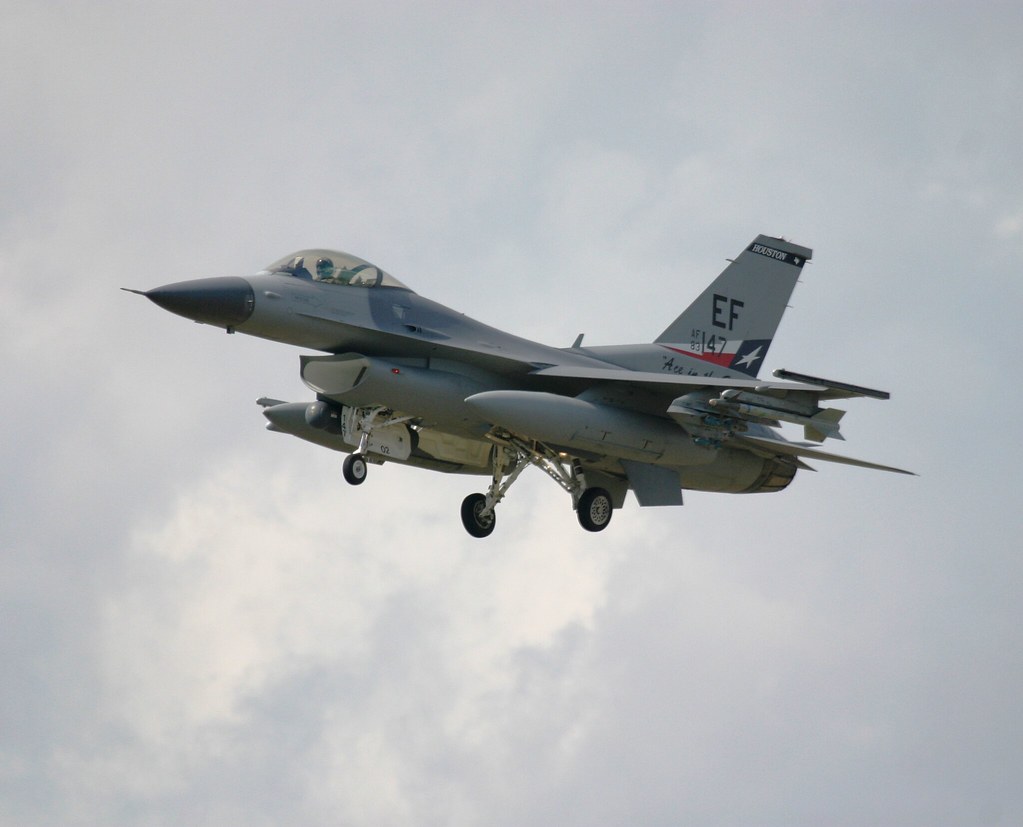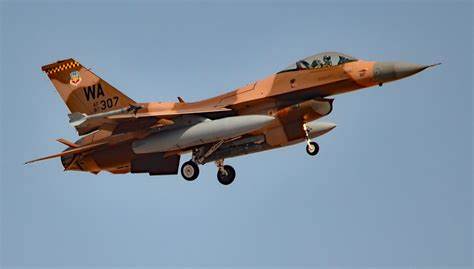
An F-16C Fighting Falcon, a mainstay of U.S. air combat power, succumbed to an unexpected electrical fault and poor visibility due to cloud cover, leading to a crash shortly after takeoff near Kunsan Air Base, South Korea.

This incident on May 6, 2023, is a stark reminder of the challenges pilots face in operating high-tech military aircraft in adverse conditions.

At 9:27 a.m. local time, the F-16C, part of the 80th Fighter Squadron, embarked on what was to be a routine training sortie.

The aircraft, an integral component of the 7th Air Force’s fleet stationed approximately 115 miles south of Seoul, joined three other jets in the skies.

According to the report, the sky was veiled by clouds ranging from 1,400 feet to 17,000 feet, hindering visibility.

Just 11 seconds after takeoff, the pilot, who remains unidentified, navigated through the clouds and encountered a partial electrical power failure, leading to erroneous readings from his flight and navigation tools.

The report indicated that the pilot experienced “spatial disorientation” and was unable to discern the location of the horizon due to the inaccurate readings.

Consequently, the pilot inadvertently flew at a low altitude.

The report mentioned that the pilot grappled with various human factors while trying to maintain control of the aircraft and identify the instruments providing reliable information.

After flying for two minutes and 41 seconds and reaching 710 feet above ground, the pilot ejected from the aircraft.

Subsequently the pilot landed in a farm field eight miles south of Osan Air Base, the base for the 7th Air Force and the 51st Fighter Wing.

The pilot sustained minor injuries, as reported by the wing in a news release. The accident report stated that the pilot had approximately 125 flying hours on the F-16 and a total of 425 flying hours.

The aircraft’s wreckage scattered over a 900-foot radius, yet, remarkably, no civilians were harmed.

The investigation concluded that the accident’s root causes were the dual factors of the power outage and the challenging weather.

The board asserted that “the absence of either factor may have prevented this mishap,” underscoring the perilous nature of the event. It was also confirmed that the F-16 had been properly maintained by qualified personnel.
Relevant articles:
– Power loss and bad weather caused F-16 to crash last year in South Korea, Air Force says, Stars and Stripes
– USAF Finds 2023 Korea F-16c Crash Due to Power Loss and Weather, Atlas News
– US Air Force blames power loss, weather for F-16 crash in Korea in May 2023, The Korea Times
– 3 F-16 Crashes in 9 Months in Korea, But USAF Says Mishaps Are Unrelated, Air & Space Forces Magazine
